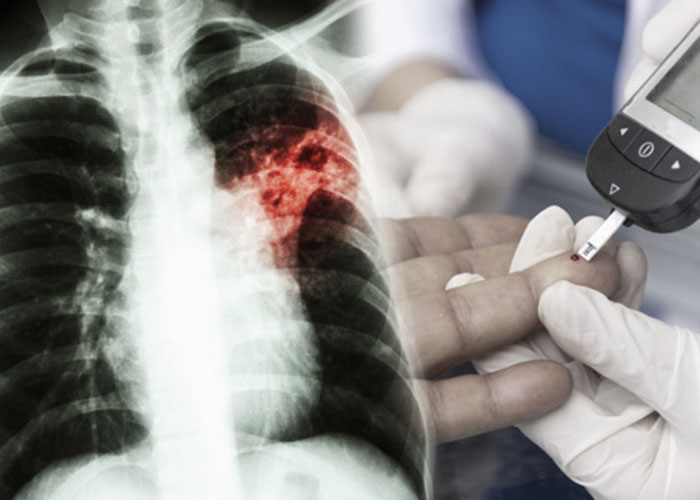
The Sunday Mail

 Male circumcision is not a gate pass to promiscuity as it only reduces the chances of HIV transmission by 60 percent and does not necessarily prevent it! Aptly translated, this means that circumcised men are also vulnerable to transmitting HIV and sexually transmitted infections during unprotected sexual intercourse with an infected partner.
Male circumcision is not a gate pass to promiscuity as it only reduces the chances of HIV transmission by 60 percent and does not necessarily prevent it! Aptly translated, this means that circumcised men are also vulnerable to transmitting HIV and sexually transmitted infections during unprotected sexual intercourse with an infected partner.
It is unfortunate that most men have been misled by the way male circumcision has been advertised and reported on in some quarters, creating the impression that “If I am circumcised I cannot transmit HIV”.
The reality, according to health experts, is that male circumcision on its own cannot prevent HIV transmission. Correct and consistent use of condoms remains advised.
Male circumcision is defined by Population Services International as the complete removal of the foreskin that covers the distal end of the male sexual organ.
A counsellor at a Bulawayo male circumcision centre, Dr Wadzanai Nleya, says: “Being circumcised means the head of the male sexual organ would have hardened making the skin resistant to bruises and injuries that pave way for HIV to penetrate.
“However, even if the inner skin is removed during circumcision, the opening of the male organ (urethra) remains with very tender tissues that can tear during intercourse and can pave way for the HIV virus to be transmitted.
“That is the reason why we say male circumcision reduces chances of HIV transmission by 60 percent because the unsafe 40 percent is room left for incidences where the virus can be transmitted through the urethra.”
A PSI-Zimbabwe director, Dr Ngoni Madidi, says removal of the inner surface of the foreskin of the male sexual organ reduces the possibility of HIV infection. “Over 50 ecological and observational studies have shown that lack of male circumcision is associated with higher HIV infection rate in men,” Dr Madidi says. “Researches from the three trials in Kenya, Uganda, and South Africa showed that the inner surface of the foreskin is up to nine times more vulnerable than cervical tissue in women.
“Therefore if the foreskin is removed, the male can reduce his chances of transmitting HIV and other STIs from females by 60 percent. Community level impact evaluation at Orange Farm in South Africa demonstrated a 76 percent incidence reduction among circumcised men.”
Dr Nleya adds that both circumcised and uncircumcised men are encouraged to use condoms correctly during sexual intercourse.
Male circumcision also has a lot of medical benefits for females.
Although some men argue that circumcision results in the male sexual organ failing to be fully erect due to reduction of sensitivity, Dr Nleya says it in fact enhances sexual intercourse. “The foreskin of a male sexual organ is very sensitive during intercourse, therefore when it is removed, the male prolongs the process compared to before circumcision. This means after circumcision, men increase their chances of satisfying their partners.”
He also advises that circumcision prevents development of penal cancers and transmission of human papilloma virus (HPV), which causes cervical cancer in women.
Cervical cancer is one of the leading cancers in Zimbabwe claiming an estimated 1 200 lives annually.
A Health and Child Care Ministry director in Matabeleland South, Dr Rudo Chikodzore, says circumcision reduces reinfection of conditions such as vaginal thrush.
“Some people may think urging their husbands to be circumcised will be encouraging them to be promiscuous when in actual fact it will be for the wives’ benefits,” Dr Chikodzore says.
“Infections such as thrush have no effect on the male but can be transmitted from a woman to another woman by a man and a wife can be re-infected even after treatment if her husband carries the fungi.”
Vaginal thrush is defined by a medical online dictionary as a yeast infection characterised by symptoms like pain during intercourse, itchiness, swelling of the vaginal wall, vaginal lacerations and discharges.
In Zimbabwe at least 80 percent of women develop the yeast infection in their life, according to the Health Ministry.
Dr Chikodzore says uncircumcised men are at risk more of transmitting HPV, vaginal thrush and other infections.
In Zimbabwe male circumcision is being conducted under a national programme called Voluntary Medical Male Circumcision, spearheaded by the Health Ministry.
VMMC was adopted in 2007 as an additional strategy to the fight against HIV and Aids, this means it works with other measures of fighting the virus.
The following year, the programme was assessed and technical groups were launched, and in 2009 training programmes were conducted for health personnel to initiate VMMC in five sites as part of a pilot strategy in which 2 801 men were circumcised.
Over 8 000 more men were circumcised as the figure of circumcised men increased to 11 123 in year 2010 alone.
In year 2011 and 2012, at least 36 742 and 40 775 men were circumcised, respectively, and last year the total was 112 869 against a Health Ministry target of 115 000.
Government is running another pilot programme for babies aged between ten and 60 days to determine the best stage to start infant circumcision.
Early Infant Circumcision reduces urethra and bladder infections and development of other reproductive health problems.
To date over 300 babies have been circumcised.



